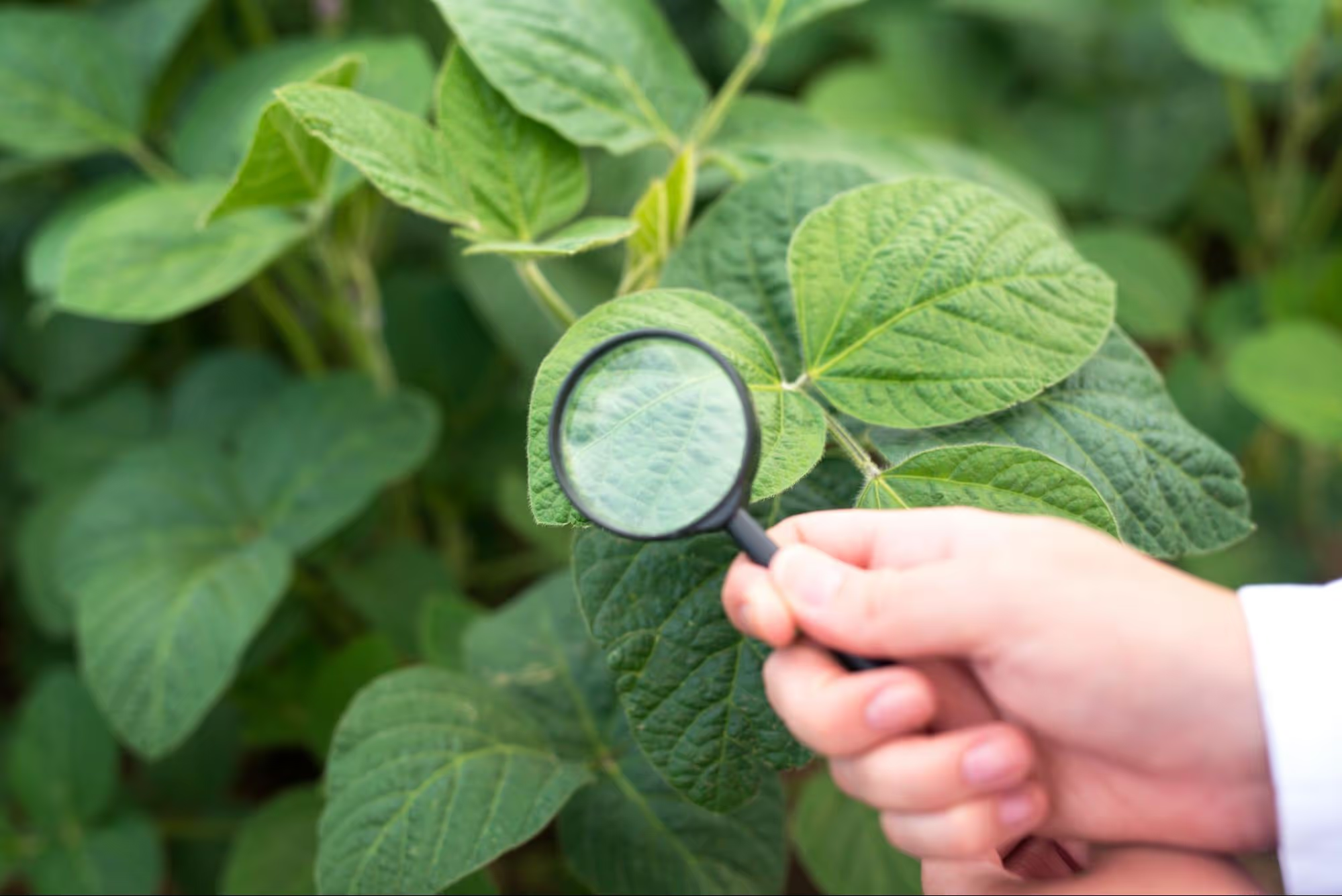
Basil is an aromatic herb essential in both culinary and natural medicine, valued for its distinctive aroma and flavor. However, like any plant, it can be susceptible to pests and diseases. To keep it healthy and productive, it is crucial to implement preventive measures and use organic protection methods, ensuring the plant’s quality and full preservation.
One of the key factors in preventing pests and diseases is carefully selecting the right planting location for basil. This plant prefers sunny areas with good drainage, while excess moisture or shady spots can increase the risk of diseases such as mildew or root rot.
Additionally, crop rotation is essential. Planting basil or other herbs from the same family, such as thyme, lavender, or oregano, in the same spot year after year can create favorable conditions for pest and pathogen accumulation. Crop rotation helps reduce the risk of these issues, promoting plant health and vitality.
Buying healthy seedlings and seeds from reputable stores or producers is essential for the successful growth of basil. These plants are often treated to reduce the risk of disease. Seeds may also be pre-treated with fungicides, if necessary, to prevent fungal diseases.
It is also advisable to source plants from local nurseries, as they are often better adapted to the specific conditions of your area, reducing the likelihood of infections and pest attacks, while also being more resilient to local climate challenges.
Protecting basil from pests can be effectively achieved through natural methods that are safe for both the environment and the plant itself.
Basil is sensitive to stress, including inadequate or excessive watering. Overwatering can lead to root rot, while a lack of moisture weakens the plant, making it more susceptible to pests. It is important to use soil that drains well and water the plant in the morning, allowing the soil to dry before the evening chill sets in.
Proper nutrition also plays a key role in basil’s health. Using organic compost or gentle organic fertilizers helps maintain a balance of nutrients and supports optimal plant growth, making it stronger and more resistant to diseases.
Protecting basil from pests and diseases requires a proactive approach, including careful selection of the planting location, using healthy seedlings, applying organic protection methods, regular watering, and proper nutrition. These steps together form the foundation for the plant’s health and resistance to external factors. In addition to preventive measures, it is important to recognize common pests and diseases so that quick action can be taken to minimize their impact. By regularly maintaining optimal conditions and respecting natural protection methods, basil can thrive in a healthy and fertile environment.